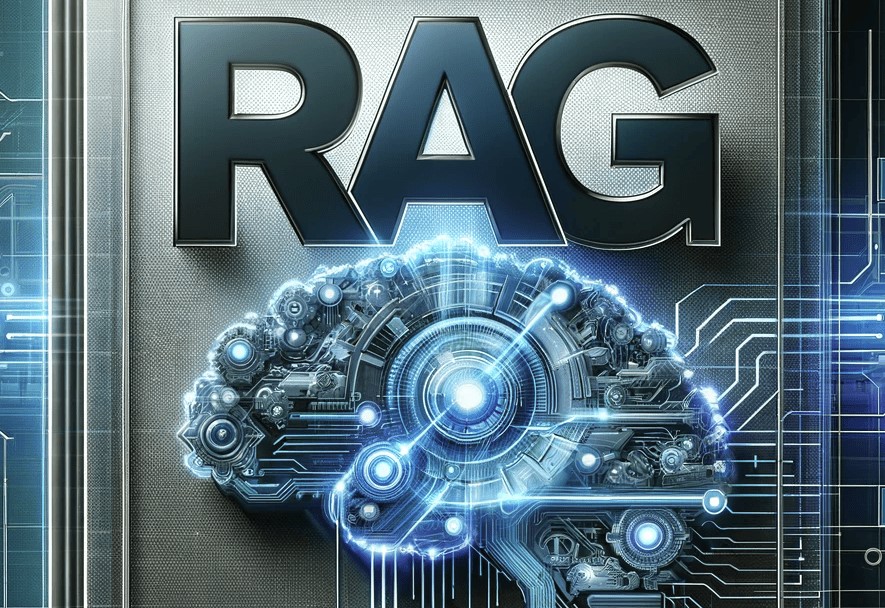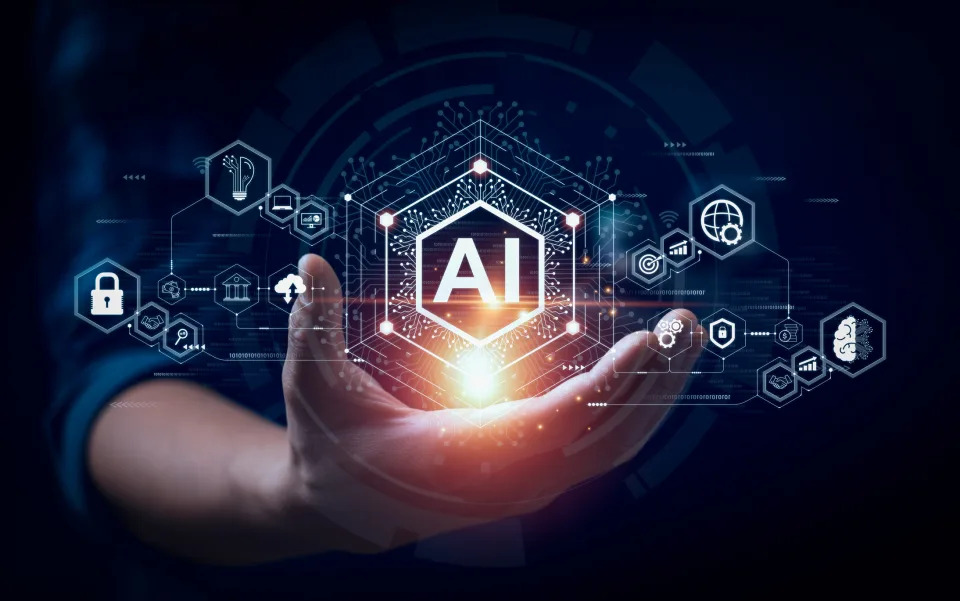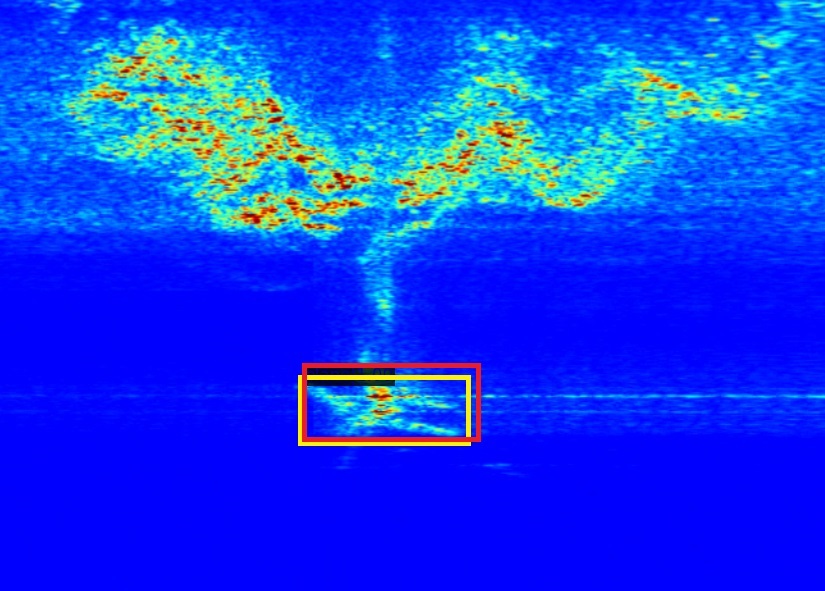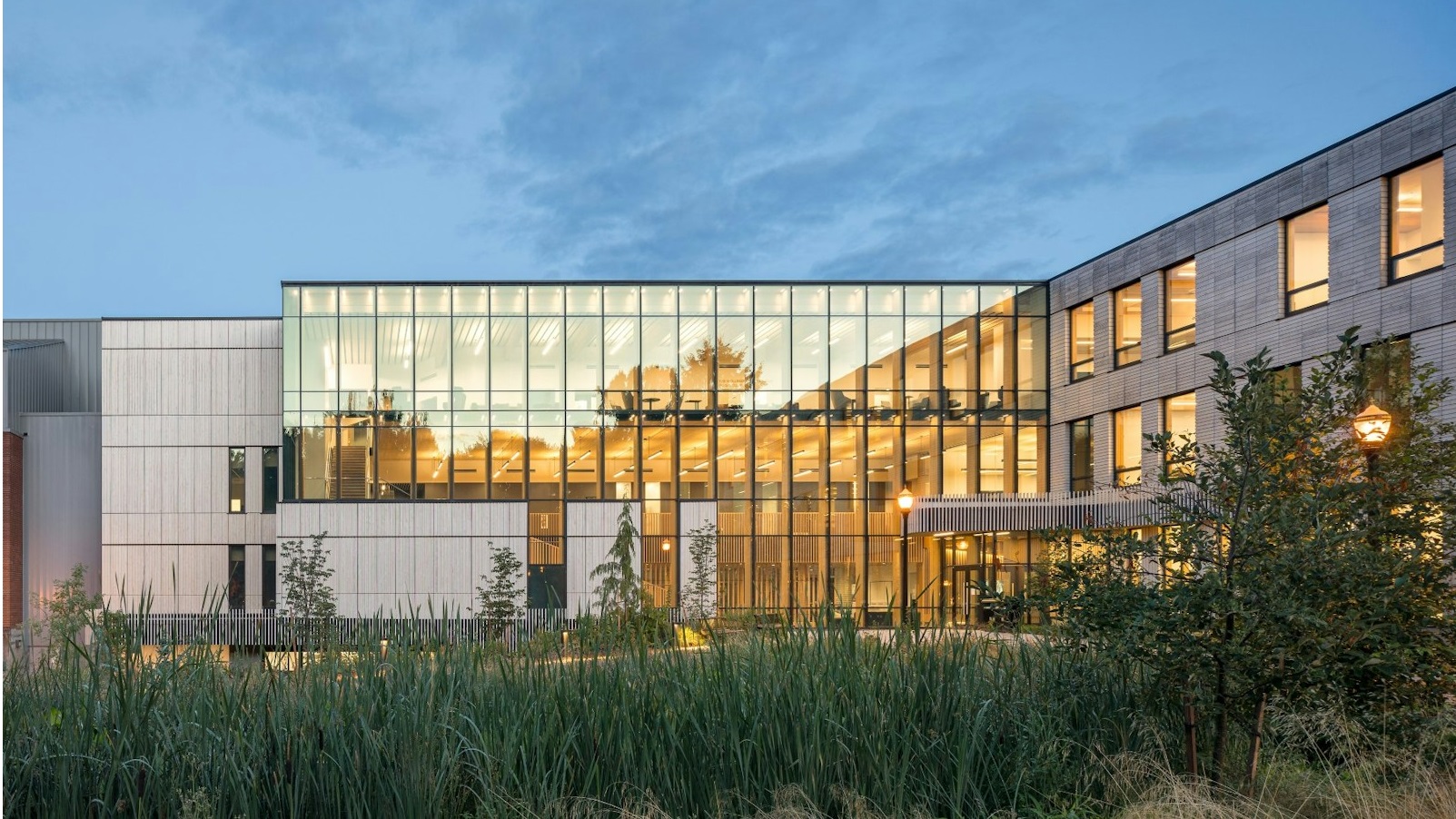Projects
A selection of projects that I'm not too ashamed of
Retrieval-Augmented Generation: Python Documentation

RAG-PythonDocs is a Retrieval-Augmented Generation (RAG) application designed to assist junior developers in querying and understanding Python documentation in context. By leveraging state-of-the-art language models and embeddings, the tool provides clear and accurate answers to Python-related questions.
Sources and Methods: A Longitudinal Examination of CHI Papers' Data Sources and Study Methodologies

Sources and methods, my master's thesis, works toward enlightening readers about data source and methodology trends at the CHI research conference. To achieve this enlightenment, we leveraged GPT-3.5 to analyze research papers and assign as many labels in our data gathering methodology taxonomy as deemed appropriate. During the course of this project it evolved into an amalgamation of the longitudinal analysis of the CHI research conference with a study of large-language model multi-instance multi-label classification capabilities and exploring a framework for addressing these types of problems using large-language models.
Underwater Object Sonar Classification

Underwater sonar classification investigates two methods for underwater sonar image object classification: context clustering and DeTr, a detection transformer. We classified images of the Underwater Acoustic Target Detection (UATD) dataset which consists of 9200 annotated sonar images. This data was released by Peng Cheng Laboratory in 2022. This project enlightened me to compute constraints when training neural networks with image data, what can alleviate these constraints, and various image data preprocessing techniques.
Virtual Reality For Visualization And Training For Cross Laminated Timber Structures

This project implements a virtual reality construction training environment for cross laminated timber structures (CLT). These structures are predominantly developed and built in Oregon. The reason for this is that Oregon has rich timber resources and an active industry. The purpose of this project is to educate architects about the design of CLTs by allowing them to explore the composition of the structure with various tools and functionalities.
